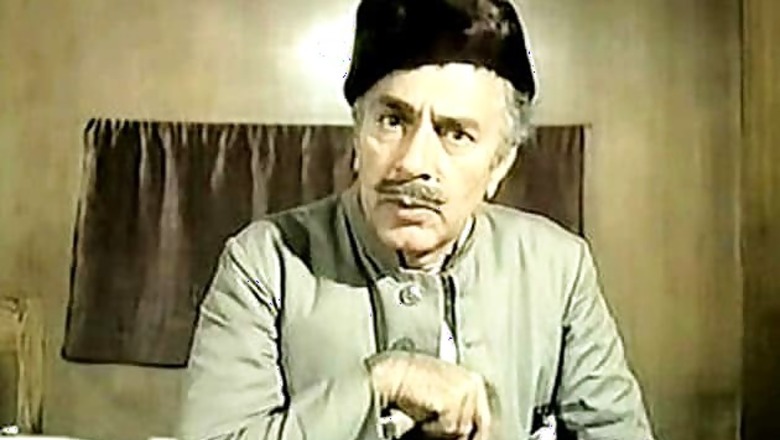
views
New Delhi: Film buffs have a good reason to celebrate Partition-themed 'Garm Hava', considered a milestone in Indian cinema, has been fully restored and will be screened at the upcoming International Film Festival of India (IFFI) in Goa.
The 1973 Hindi-Urdu classic, directed by M S Sathyu, based on an unpublished Urdu short story by Ismat Chughtai and adapted for screen by Kaifi Azmi, is also ready for theatrical release.
According to IFFI officials, the film, starring Balraj Sahni, Geeta Siddharth, Farooq Shaikh, A K Hangal and Jalal Agha, will be screened on November 25 as part of commemoration of 100 years of Indian cinema.
The film deals with the plight of a North Indian Muslim family post-Partition as the protagonist (Sahni) faces the dilemma of whether to move to Pakistan or stay back. One of the most poignant films ever made on the Partition, it was also India's official entry to the Oscars in 1974.
The restoration process was initiated by Subhash Chheda, a Mumbai-based distributor who runs a DVD label Rudraa. The movie's negative was in a bad shape. Chheda proposed to Sathyu that he be given the responsibility of restoring the film both audio and video segments and the 82-year-old veteran obliged.
Thus began Chheda's two-year-long elaborate effort to have an upgraded 5.1 and Dolby mixed version of 'Garm Hava', which was almost lost in the annals of time. "Restoration of a classic is very tricky and complex, as people remember the original movie forever - frame-by-frame, dialogue-by-dialogue, word-by-word," he says.
"The project stayed under the scanners of the best creative and technical experts around the world for about a year. Almost 2,00,000 frames of 2K resolution were observed by all these experts again and again. The restoration and post-restoration of the movie consumed more than 5,00,000 man-hours of our technical and creative team and terabytes of space of our computers," Chheda told PTI.
However, nothing has been added or deleted. "Everything has merely been enhanced to give a complete theatrical experience to the modern viewer," he says. Sathyu is satisfied with the work that cost nearly Rs 1 crore. Interestingly, he had made the film for Rs 10 lakh.
"The restoration work has been very good. Everything has been done frame by frame," he says. According to Chheda, initially it was expected that the movie's negative would have an ageing problem only.
"But there were lots of problems in many places. All our expert technical brains (at IndiKino) struggled for basic picture restoration i.e. to remove flicker, dirt, dust, injuries, scratches, tears, junctions, stains, colour and patches.
Then they sorted out with the issue of colour fading and colour correction before resolving the issues of jerks, shakes and picture stabilisation. During this session certain lost frames were reconstructed according to adjacent frames.
"After the basic picture restoration, the post-restoration process of pictures was started where restored videos were first corrected by special effect techniques for creating clean and sharp images and finally colour grading was made for creating depth to images," he says about the technical aspects.
Another important thing was audio restoration that included removing imperfections, such as hiss, crackle, noise, and buzz from sound recordings. "The original sound of movie was Mono. The first obstacle for sound scanning was that in India there is no state of art sound scanning facility. The search ended at Hollywood when Delux Labs, the masters in sound restoration, took up the challenge," he says.
"We had to send the 35 mm prints to the US for the sound work. And again we had to send the final restored footage for sound matching," Chheda says.










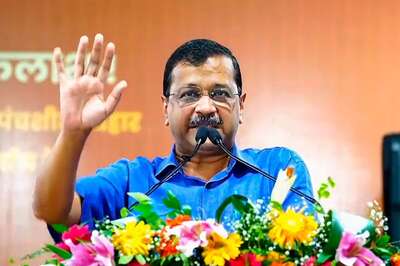
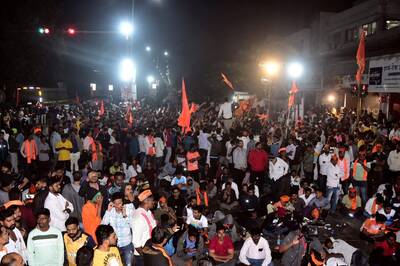
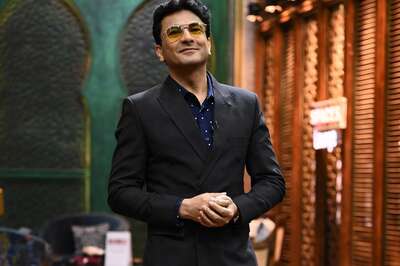
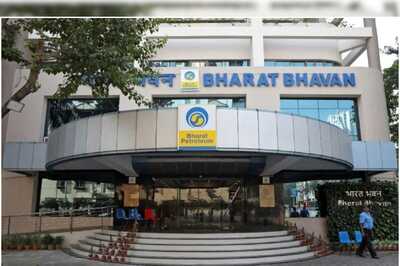
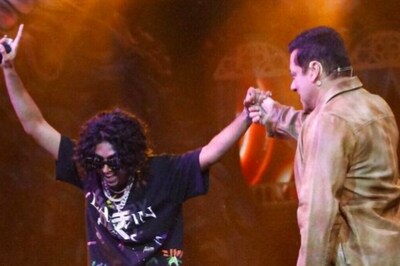


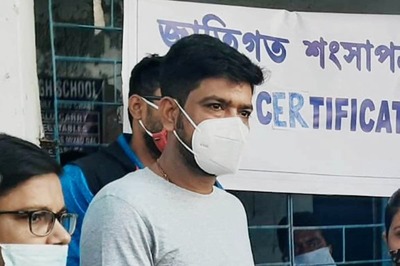
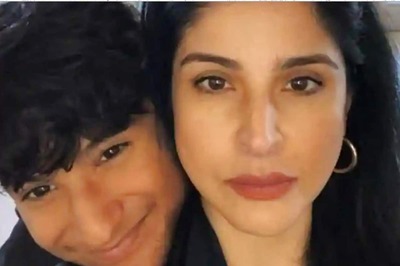
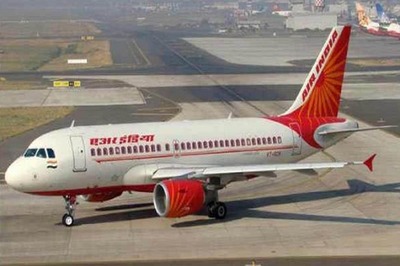
Comments
0 comment